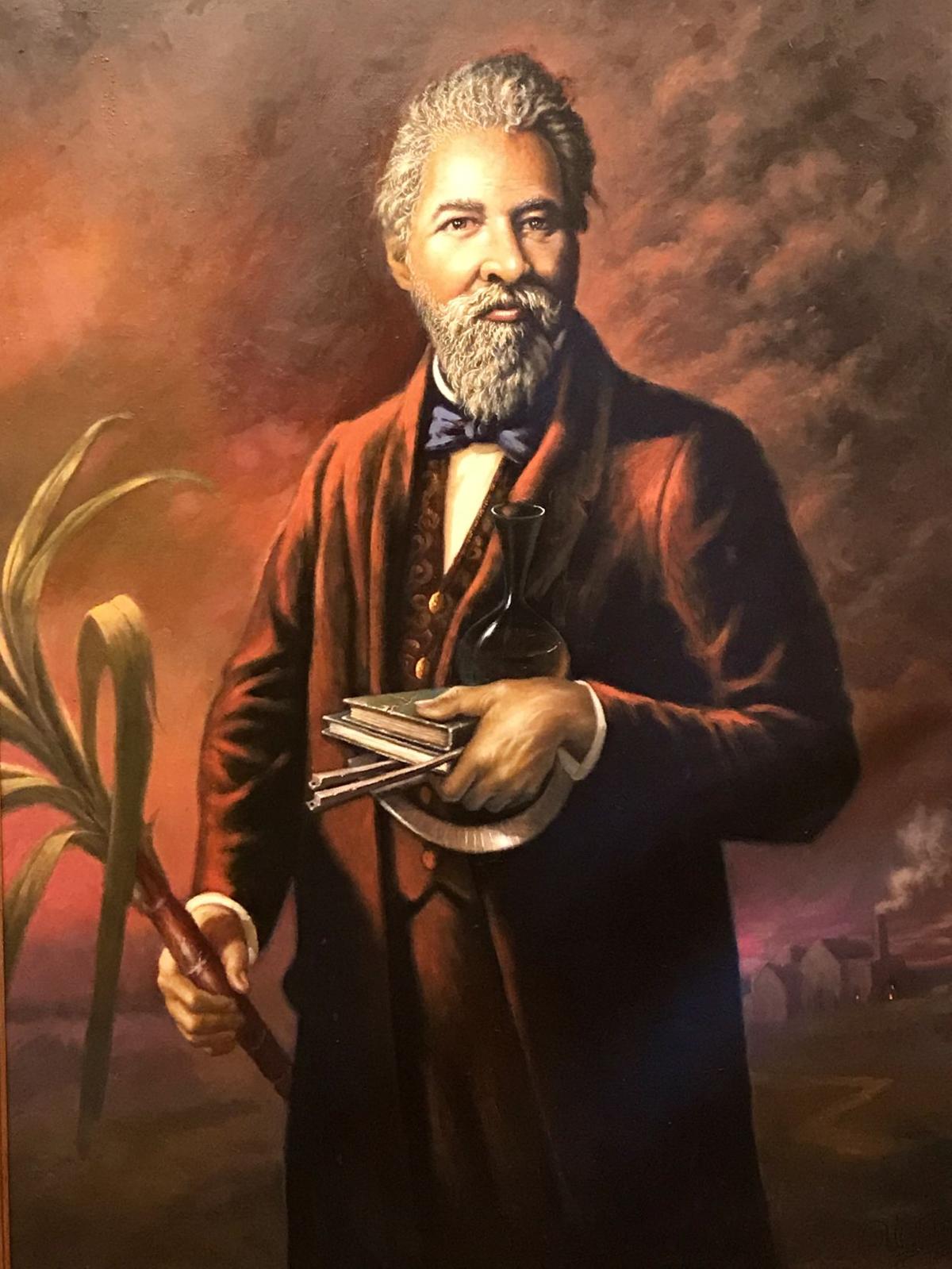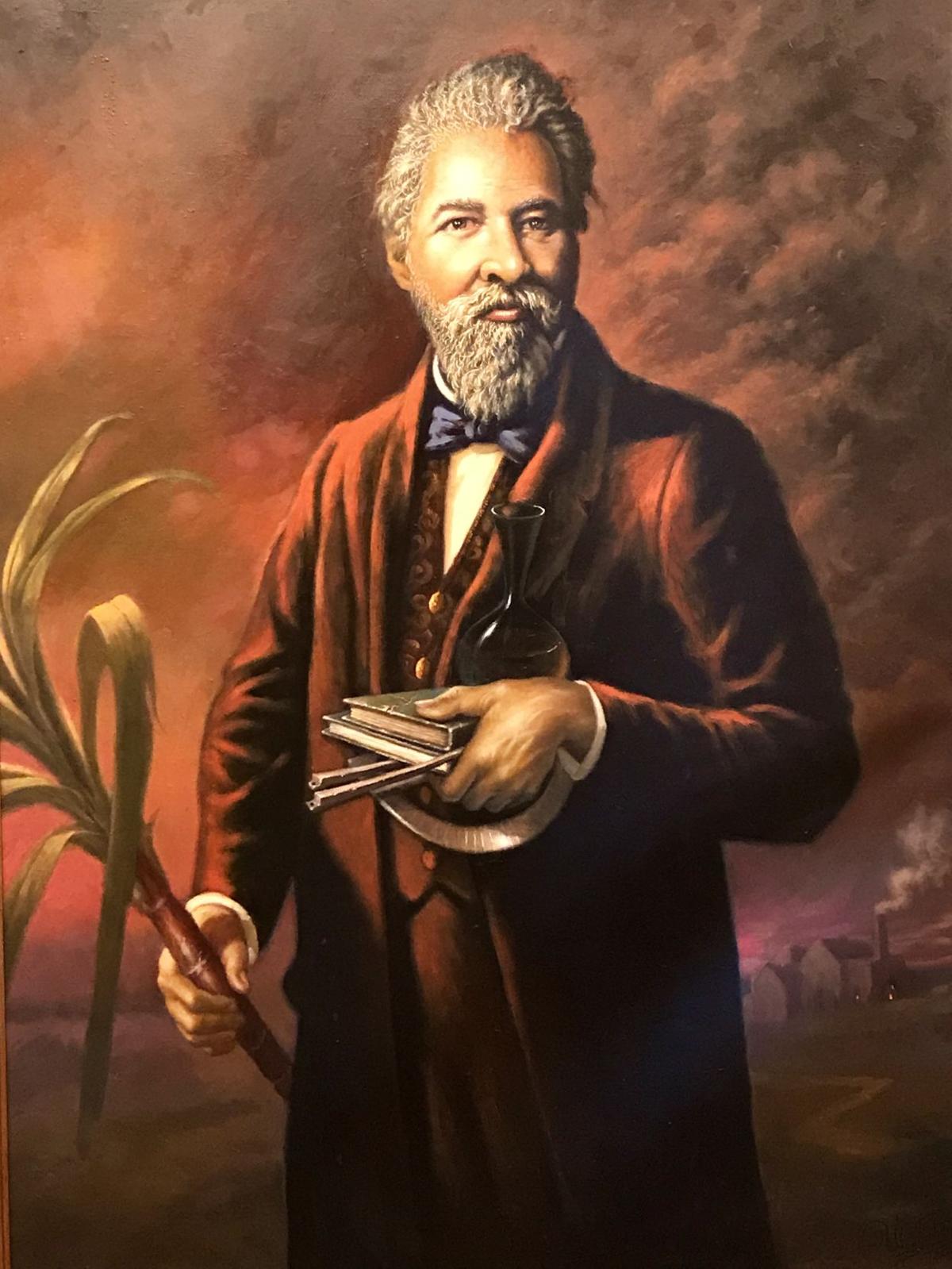Editor’s Note: There are a lot of questions when it comes to water, soil, and the air we breathe in New Orleans, so ViaNolaVie teamed up with the Chemical Engineering Service Learning Class at Tulane University, taught by Dr. Julie Albert, in order to get some of these questions answered. The series is called “Dear Big Chem-EZ” (think “Dear Abbey” but with less about “Why does my partner ignore me?” and more about “Can I actually drink my tap water?” and “What’s that smell outside my house?”). The series will be published the second Wednesday of every month. If you have questions you’d like answered, send them to kelley@nolavie.com.
Dear Big Chem-EZ,
I’m interested in chemical engineering, but I haven’t found any big inspiration stories for success in this field. I feel that other fields have plenty of famous names to look up to. Do you have any examples of chemical engineers that I can look up to as inspiration to pursue this field?
Thank you, this is a great question. You are correct in noting that it is tough to find any famous names in the field of chemical engineering. But, at the same time, we are surrounded by the work of chemical engineers every day. It is chemical engineers who purify the water that we drink, fertilize the crops that we eat, produce the fossil fuels and non-fossil fuels that we use, and mass-produce the medications that keep us healthy. For example, while you may not have heard of Margaret Rousseau, you’ve most likely used antibiotics that she pioneered. While you may not have heard of Carl Bosch, his process is responsible for feeding over one-third of the planet. Though chemical engineers’ names aren’t often on billboards or TV, this field has one of the largest direct impacts on people of any field that exists.
Okay, done with my rambling. To answer your question, I’ll share a story that might hit closer to home. This is a story about a creole, New Orleans native who revolutionized Louisiana’s sugar industry, improved safety for thousands of people, and became one of the first-ever chemical engineers of color.

Norbert Rillieux, one of the first chemical engineers. (Photo: New Orleans Advocate)
The year is 1806. The American Civil War will not happen for another 60 years, and Thomas Jefferson has recently been elected to his second term as the 3rd president of the United States. At this moment in history, Norbert Rillieux was being baptized in St. Louis Cathedral overlooking Jackson Square. The son of a plantation owner and a “free man of color”, Rillieux was considered a Creole of color in a time when slavery was rapidly expanding in the United States.
Though Norbert was discriminated against because of his partial African American heritage, he was still allowed access to education, unlike the vast majority of people of color at the time. Rillieux did not waste the opportunity and developed into an excellent student. Rillieux’s father was an early mechanical engineer who had created a new machine for baling cotton, and it seemed that young Norbert had developed similar interests. After discovering an early curiosity for engineering at Catholic schools in Louisiana, his father sent him to an engineering school in France for further training in this field.
In France, Rillieux became an expert in steam engines and by the age of 24 was teaching his own college courses. Alongside teaching, he published multiple research papers about the use of steam to power machinery. This research helped to lay the foundation for the engineer’s greatest invention: the multiple-effect evaporator.
Rillieux thought about how he might apply his knowledge to provide innovation to Louisiana. He returned to New Orleans and set out to revolutionize the sugar industry. Rillieux saw a sugar refining process that was dangerous for enslaved people, and inefficient. The old process was called the “Sugar Train.” It forced workers to ladle boiling-hot sugar cane juice from one massive pot to another. The process was harmful to workers who had to endure grueling, dangerous conditions, often burning themselves in the process. The “Sugar Train” was also not the most profitable, as each pot needed its own source of heat, with sugar constantly being lost in the process.
Rillieux stepped in and, in 1843, patented his new machine that would drastically improve the process. His new evaporator system lowered the pressure of each pot, which meant that the boiling point of the juice could be reached at lower temperatures. The system he created also harnessed the latent heat energy from the first pot to heat all of the other pots so that much less fuel needed to be used. Latent heat energy is the energy released when a liquid is converted to a vapor. This allowed for much less fuel to be used in the operation. Rillieux’s idea to reuse the latent heat energy was named as the “premier engineering achievement” of the century for sugar and was one of the earliest innovations in chemical engineering in the world. The technology continues to form the basis of current industrial evaporation and landed him a spot as one of the greatest innovators in chemical engineering.
Rillieux began to sell his machine around Louisiana. Despite the discrimination he faced because of his race, he became incredibly wealthy. His success led him to be known as “the most sought-after engineer in Louisiana.” Eventually, Rillieux moved to France to escape the racial tension building before the Civil War.
Norbert Rillieux used his chemical engineering knowledge to change his life and the lives of those around him, creating more prosperity for his home state of Louisiana and safer conditions for the enslaved people working in the sugar industry. I hope this story provides some inspiration to pursue this field and make a positive change in the things that impact those around you every day. Again, thanks for the question.
-Big Chem-EZ
P.S. If you would like to learn more about Norbert Rillieux, I recommend the following references:
American Chemical Society National Historic Chemical Landmarks. Norbert Rillieux and a Revolution in Sugar Processing. <http://www.acs.org/content/acs/en/education/whatischemistry/landmarks/norbertrillieux.html>.
Sluby, Patricia Carter. The Inventive Spirit of African Americans: Patented Ingenuity. Praeger, 2008. <http://blackinventor.com/norbert-rillieux/>
The*University of Michigan. (1993). Brodie, James M., Created Equal: The Lives and Ideas of Black American Innovators (pp. 42–44). <https://en.wikipedia.org/wiki/Norbert_Rillieux>

Image source: The New Orleans Advocate, February 2018 <https://www.theadvocate.com/baton_rouge/entertainment_life/arts/article_bfbbf11a-129f-11e8-ab4c-8f145b05bc48.html>
 NOLAbeings Multimedia artist Claire Bangser created NOLAbeings as a portrait-based story project that marries...
NOLAbeings Multimedia artist Claire Bangser created NOLAbeings as a portrait-based story project that marries...  Voodoo in New Orleans: Reviving history: New Orleans fortune telling This article takes a deep dive into the history of Voodoo in New Orleans, its hybridization with Catholicism, and its present-day place in the city's culture. The author visits fortune-tellers in the French Quarter, using their guidance as a tool for introspection rather than a deterministic predictor of the future. Through her experiences in New Orleans, the author feels a mystical connection to both the past and the future.
Voodoo in New Orleans: Reviving history: New Orleans fortune telling This article takes a deep dive into the history of Voodoo in New Orleans, its hybridization with Catholicism, and its present-day place in the city's culture. The author visits fortune-tellers in the French Quarter, using their guidance as a tool for introspection rather than a deterministic predictor of the future. Through her experiences in New Orleans, the author feels a mystical connection to both the past and the future. 